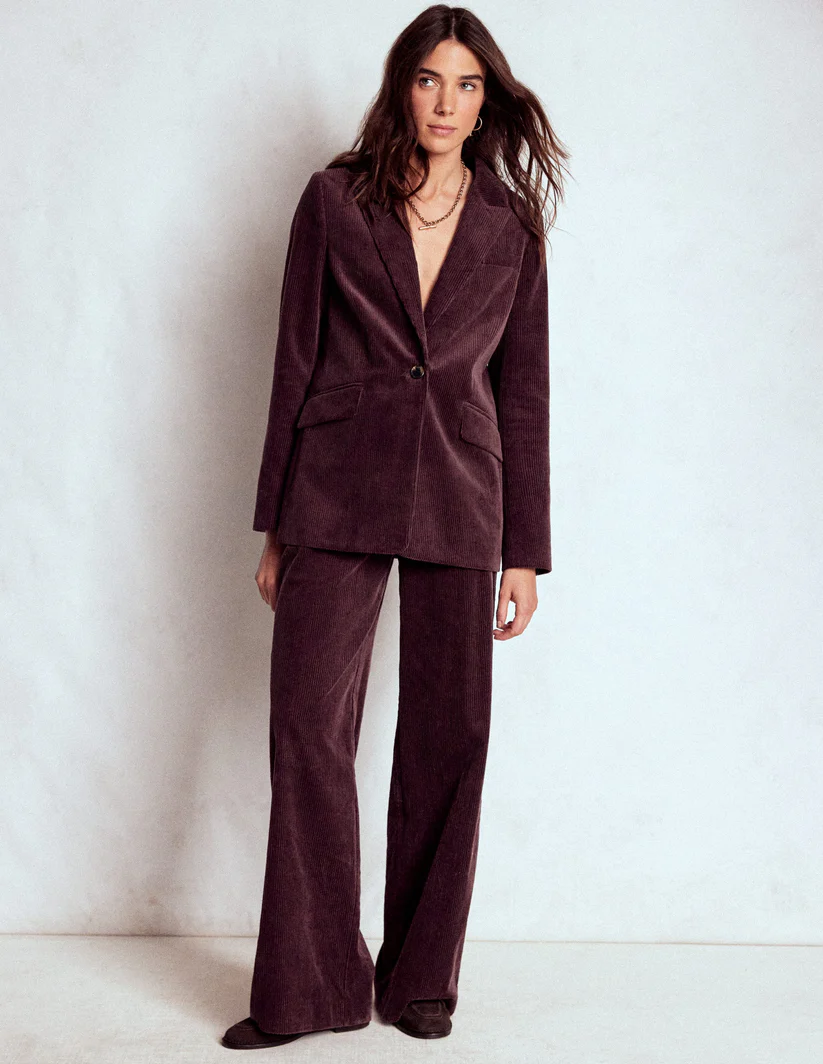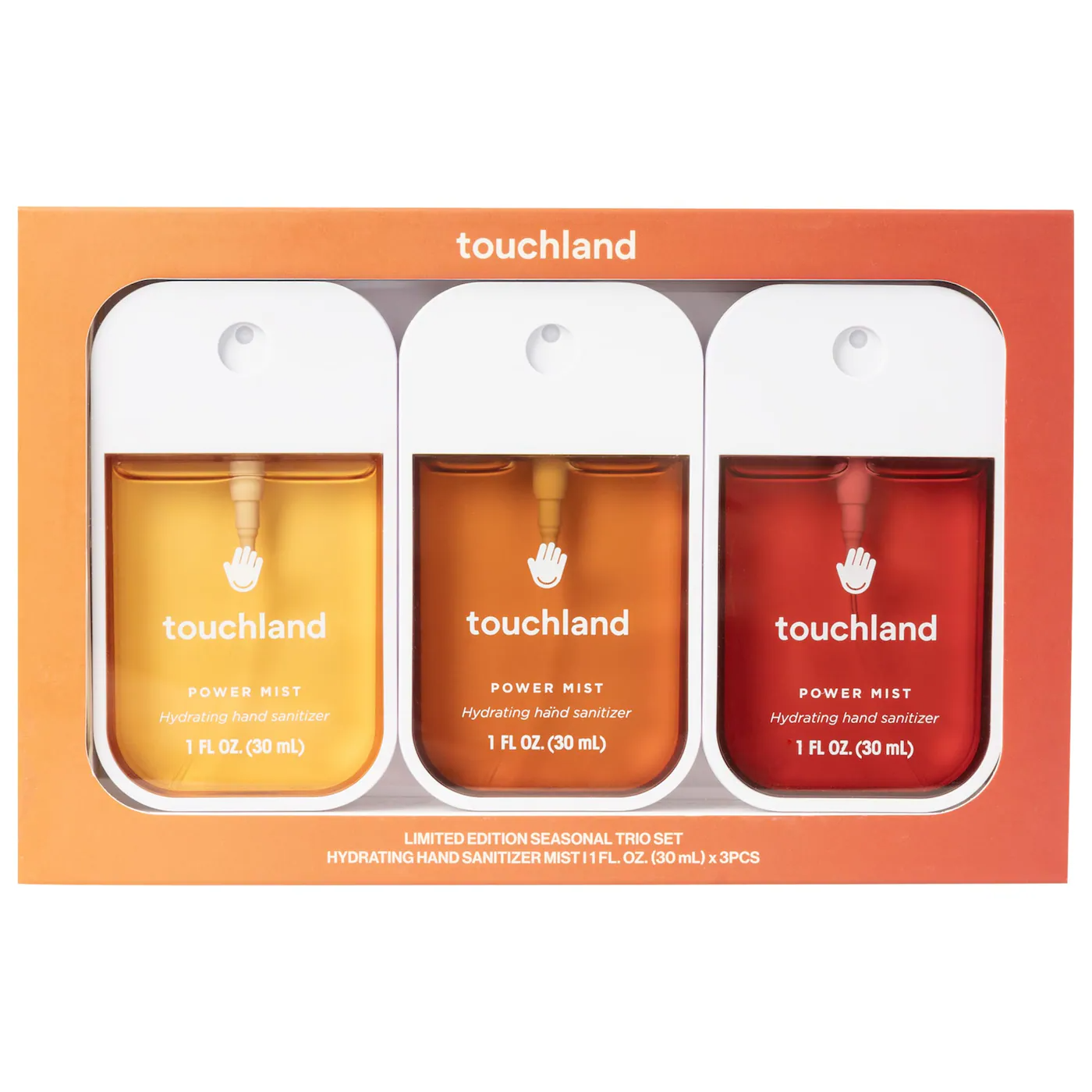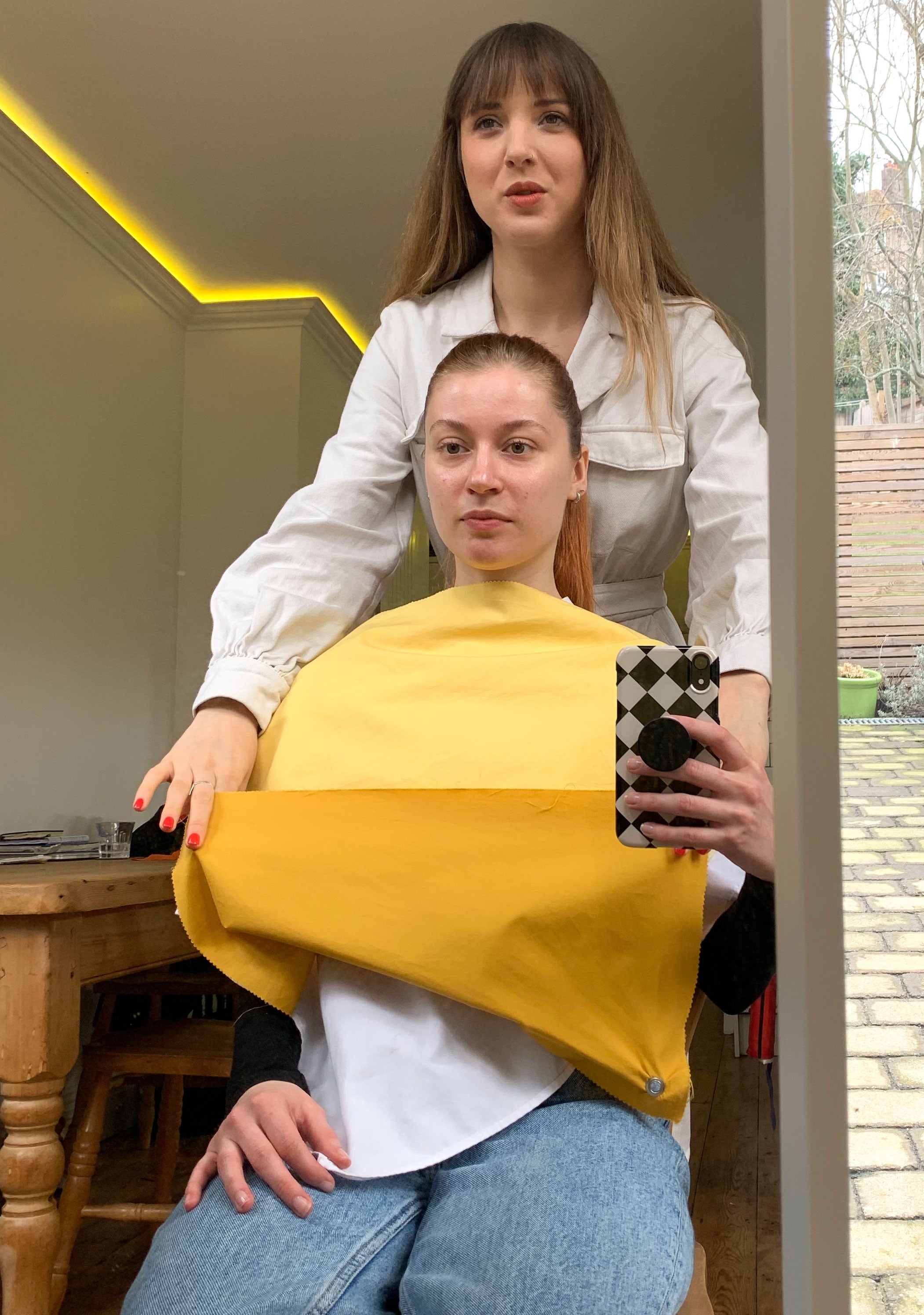
“I want someone to tell me what to wear in the morning,” confessed Fleabag to the hot priest in the hit BBC comedy series. Since playing out for the first time on the small screen in 2019, this particular scene has stuck in my head for many reasons but mainly because of the embarrassing relatability of this sentence. I, too, hold this desire for anxiety-free predictability and stylistic simplicity in my everyday dressing. This is perhaps why I recently became absorbed by the world of online color analysis, a process whereby professionals analyze your skin, hair, and eyes to determine which clothing colors will be most complementary.
First gaining popularity in the 1980s thanks to bestselling book Color Me Beautiful by Carole Jackson, the practice involves assigning someone a season based on whether a selection of color swatches make them look bright or washed out. By holding up fabric colors in different shades around the face, the draping process aims to show how some hues bounce light off the face and others cast shadows around areas like the eyes and chin.
This relatively simple formula is currently enjoying a renaissance on TikTok, with #coloranalysis garnering 749.9 million views and counting. It has become so popular on social media that a filter designed to help people try out color palettes digitally recently went viral, with users putting different seasons of shades around their faces to determine which looks best (though professionals doubt the reliability of the tech).
The recent online interest is, of course, connected to how personal style has become intertwined with our self-identity but New York City-based psychotherapist Dana Dorfman, PhD, speculates that the resurgence may also be connected to our desire for concrete answers. “Humans, despite their curiosity, also don’t like uncertainty and we like things to be neatly wrapped up in a bow,” she tells Refinery29.
She continues: “Any time that you can put a label on something, it gives us an explanation, and then gives us something to hang our hat on. We are all multi-determined, and we’re so complex that if we can have some kind of simplified explanation for something, that’s comforting.”
As someone who often feels overwhelmed, this desire for structure and easy-to-follow frameworks made total sense (color analysis ASMR has been known to soothe me to sleep). Eager to know more, I reached out to Sian Clarke, a personal stylist, to try out a dedicated color analysis session (note: she charges £195 — roughly $240 — per hour and a half session). This session, Sian explained, aims to be a one-time experience due to the fact that skin undertones never change. In a nutshell: your colors are set for life.
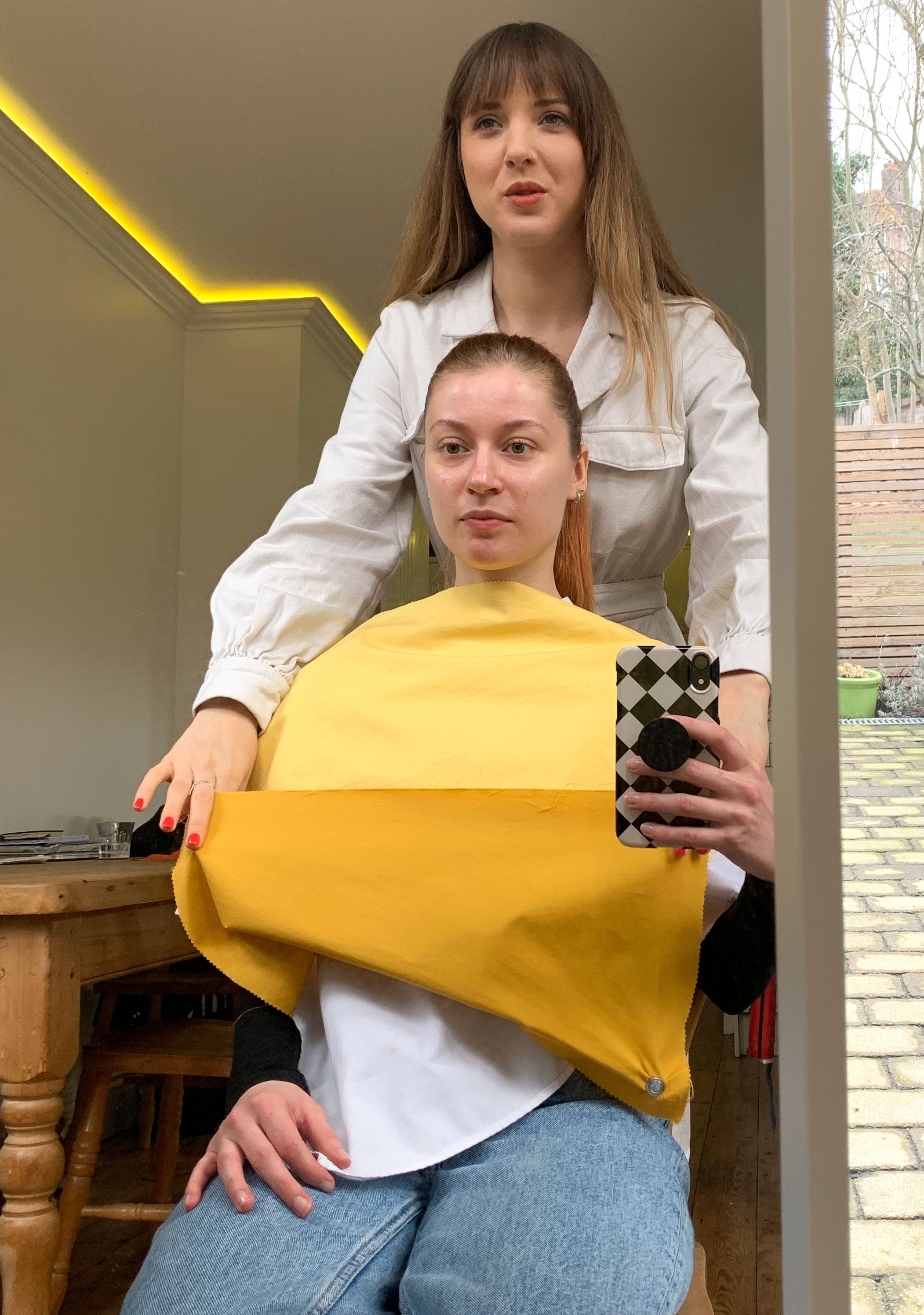
The session began by selecting a chosen color and holding a variety of shade swatches up to my face. This would determine whether the hue harmonized with my skin’s undertone by making me look more awake or created dullness in my complexion. With no makeup on, it was clear to see that my pale skin’s undertones are peachy with some natural redness, which Sian explained meant that warm colors would work best.
From there, it was about refining which warm shades looked best, which meant detaching my brain from colors I simply liked and instead focusing on what suited me most. As the session went on, it became obvious that bright, light, and clear shades like coral pinks and aquamarines give optimal results, which means that I fall into the spring category (which doesn’t exactly match with the all-black winter look I turned up in).
This professional analysis, based on a combination of color theory (the classic color wheel) and color psychology (how color impacts emotion and conveys feeling), laid out a future where I would no longer have to guess if my friend’s top would look good on me; my handy color booklet of spring shades would tell me instantly. While part of me worried that my seasonal palette would be restrictive, the process actually offered an easy-to-follow formula that we can rarely apply to the real world. It didn’t aim to eliminate color from my life but instead arm me with information about what works best for me.
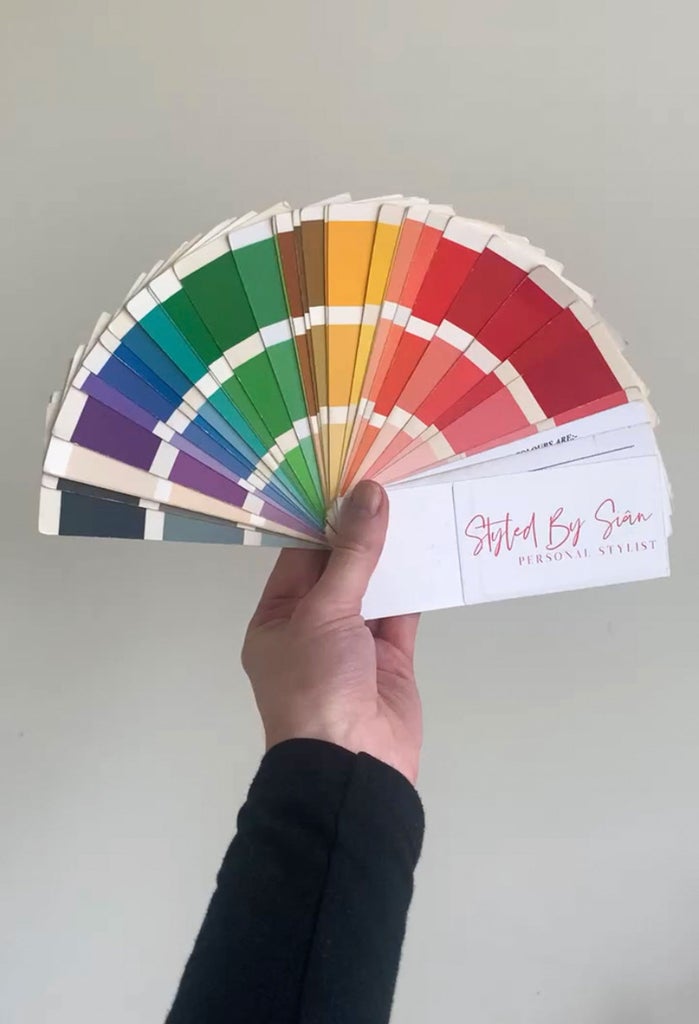
“It’s something people can understand and see instantly,” Sian explains. “It also helps with decision fatigue because it does the deciding for you and you get the reassurance from an expert that it suits you.” Dr. Dorfman agrees, explaining that we often seek out ways to distill information down, particularly when it mitigates choice.
“As much as there is a wonderful expansion and acceptance and an open-mindedness from young people about the many systems that exist, I also think that there is a need for kinds of frameworks, because human beings need framework,” Dr. Dorfman explains. “Given our awareness about the chaos of the world and the confusion of the world and the complexity of the world, a simplification or a boxing in of things can sometimes make life easier.”
In a world where the news cycle can induce very real feelings of daily dread, it’s understandable that we might want to eliminate any extra catastrophizing from our day. Do we all want to know if apple green suits us more than sage? Yes. But we also want to be cocooned in the comfort of knowing a basic set of rules for the everyday routine of getting dressed. When everything feels more uncertain than the day before, knowing what to wear when you get up in the morning is a small but tangible victory, something that Fleabag knew all too well.
Like what you see? How about some more R29 goodness, right here?
How To Dress Like Daisy Jones & The Six


